Ever heard someone describe Chobe National Park as a birdwatcher’s paradise? That’s because it contains one of the highest bird populations in the world. UNESCO estimates the number of bird species at Chobe National Park to be 450.
Many of these birds are not commonly found in other areas. So, if you are a bird enthusiast, you should visit this location to view new birds.
In this article, we’ll help you discover the unique birds in Chobe National Park. You’ll also learn about their appearances, behaviors, and habitats.

Popularly known as the snakebird, the African darter is famous for its habit of swimming with only its neck above water. The distinctive factors in this bird’s appearance are:
When the African darter isn’t diving into the river for fish, it lays by the Chobe River bank to dry its waterlogged feathers under the sun. You can also find this bird nesting in trees with egrets, herons, and cormorants.

Another unique bird in Chobe National Park is the African Fish Eagle. This bird announces its presence with a piercing call that spreads throughout the park and its surroundings. Some Africans even consider the noise to carry a symbolic meaning that is native to the African heritage.
The body of the African Fish Eagle is predominantly dark brown in color. However, a section of the bird’s wings are black. The African Fish Eagle also has a white head and a yellow bill.
While lying in the branches of high trees surrounding the Chobe River, the birds spy on fishes swimming below, waiting for an opportunity to capture them.
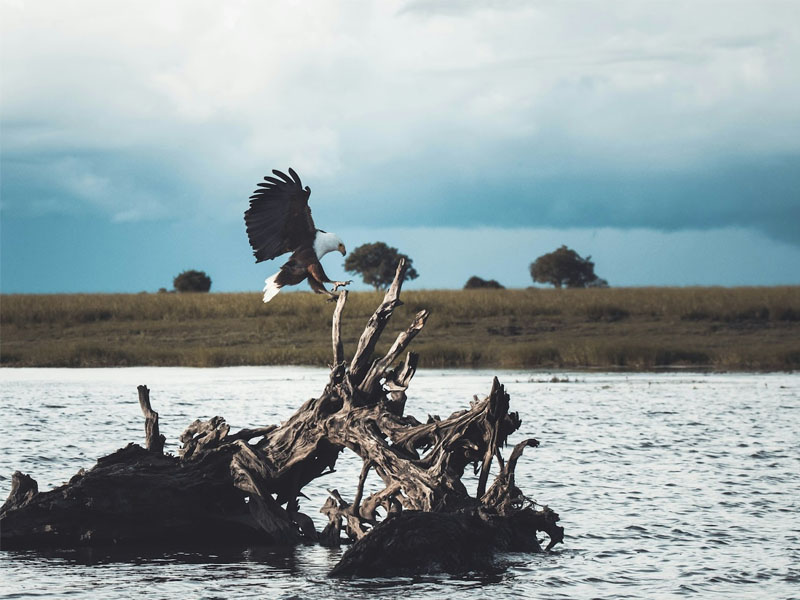
Once they find a vulnerable fish, they swoop down on the water surface and catch the fish.
The best way to experience sightings of the African Fish Eagle is to take a boat tour along Chobe National Park. While you’re watching the elephant, the cape buffalo, and other members of the Big Five, you may spot one or two African Fish Eagles.
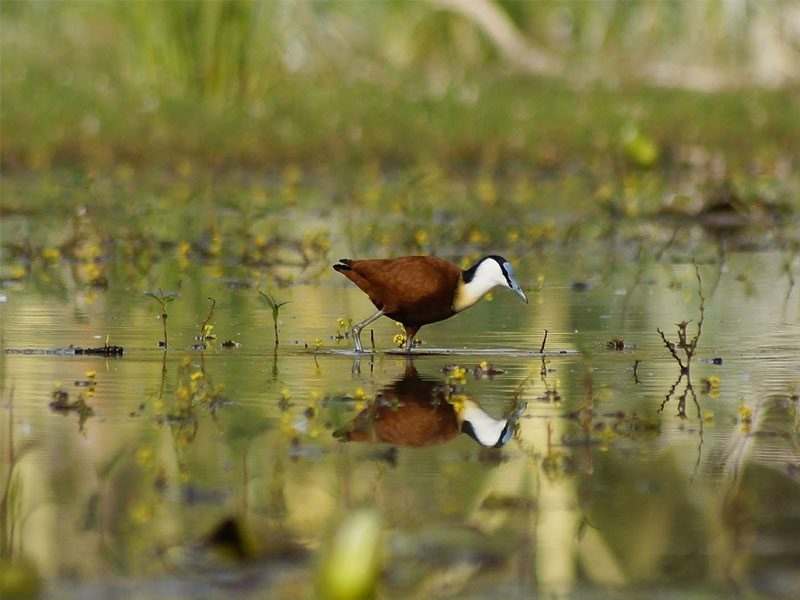
The African jacana is a wading bird in Chobe National Park characterized by long toes and claws. These limbs help them walk on water.
To spot the African Jacana, you’ll have to move your boat to the shallow area of the Chobe River, as it is the most common habitat for the jacana.
The African jacana has a unique style of reproduction or parenting. Instead of one male mating with several females, the female African jacana copulates with multiple males. When a chick is born, the male African jacana also takes charge of parenting and raises the chick to adulthood.

True to its name, the African paradise flycatcher survives by catching and eating flying insects. It is often difficult to sight this bird because it spends most of its time flitting around to catch its prey. However, some visitors have reported seeing the paradise flycatcher nesting in elm trees in the forest area of the Chobe National Park.
The three notable features of an African paradise flycatcher are:
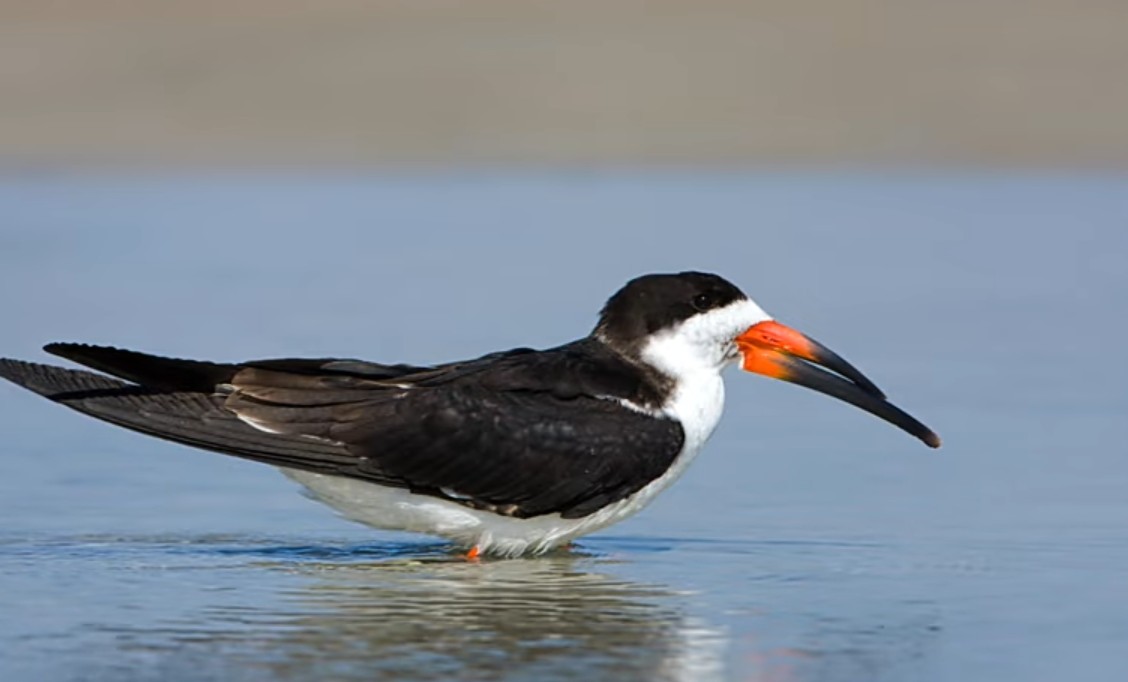
The African skimmer is the most likely animal to spot in Chobe National Park. This animal migrates to the park in May to skim the river for fish. Once the skimmer is satiated, it builds a nest on the river’s sandbanks.
Capturing the African skimmer while tapping the water’s surface or interacting with other skimmers always makes for beautiful images.

Catch the African spoonbill walking along the Cuando River near Chobe National Park. The most significant part of the spoonbill is its spoon-shaped bill, which aids the bird in catching fish, insects, and amphibians from the shallow part of the river. Its thin toes and long legs also allow for easy movement across the river.
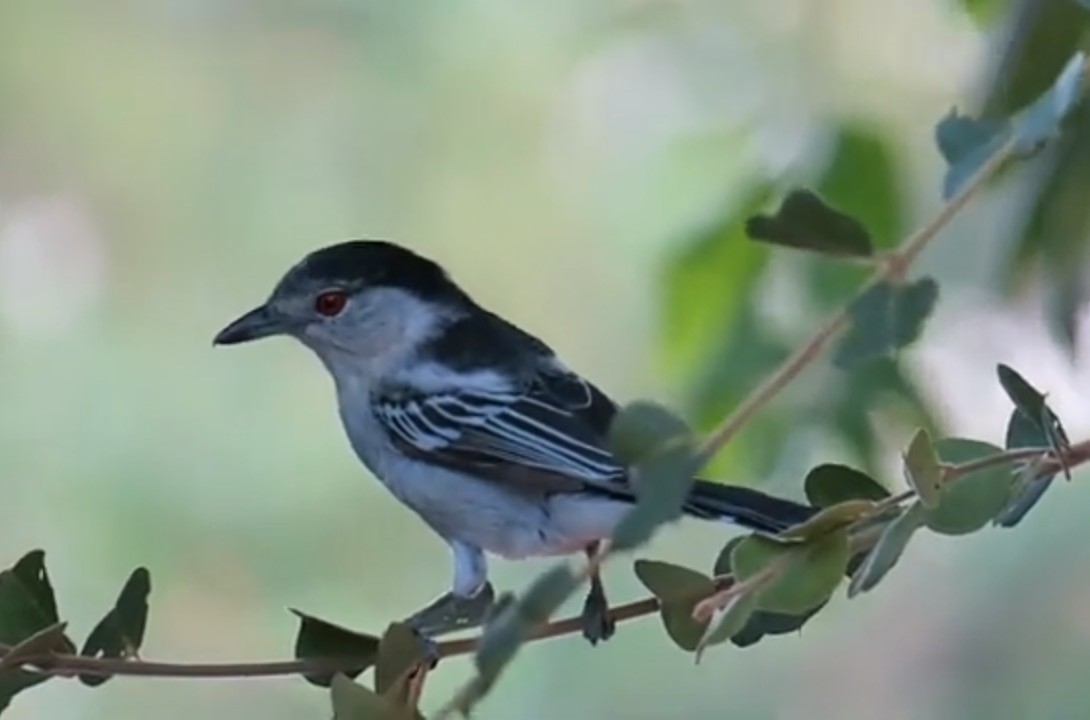
The black-backed puffback is a black-and-white bird with a distinct red eye, who exhibits a strong preference for tree shades and insects. The best places to sight the black-backed puffback are the woodland and riverine areas in Chobe National Park.
Apart from its skin color and eyes, you can also identify this bird with its typical noise: A loud click, followed immediately by a whistle. You should be certain that you’ve spotted a black-backed puffback if it makes this noise repeatedly.

Upon hearing the name of the black-crowned night heron, one fact is clear: The bird appears at night (anytime from dusk till dawn). But this heron may also be visible at the Chobe River on late afternoons, especially during the summer months.
Look for a bird with a black crown, white or gray body, and black wings. Please note that the black-crowned night heron is shy, so you might have to move closer to the trees to spot the bird clearly.
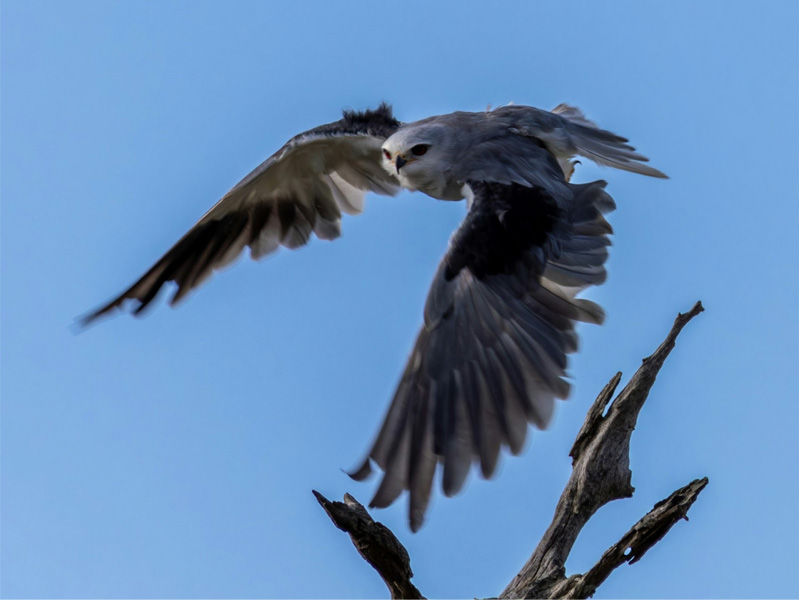
The black-winged kite is a long-winged bird with a gray back and red irises. This bird is renowned for flying over plains and open grasslands. Little wonder it frequently appears in Chobe National Park, seeing as the park is filled with several floodplains.
This bird kite isn’t typically migratory. Instead, the movement of the black-winged kite depends on the availability of prey in the area. The prey of the black-winged kite is small fish.

The blue waxbill is another common bird in Chobe National Park. It bears a distinctive blue color across its body, with a streak of black or brown on its crown.
This bird appears in large flocks, especially outside the breeding season. Like the Big Five, this waxbill is permanently situated in the park. Expect to see the blue waxbill walking across the park while searching for wildlife on your game drives.

Chobe National Park is the only safari destination in Southern Africa with the collared palm thrush. So, if your trip only covers Southern Africa, you should visit Chobe National Park to see this bird.
The collared palm thrush is a grey-headed bird with a penchant for producing airy, wailing noises from large thickets of vegetation. Another way to identify the collared palm thrush is to look for its red eyes and black markings on its throat.
Unfortunately, the collared palm thrush rarely sits long enough for a picture. So, make sure you capture the bird in a photograph as soon as you see it.
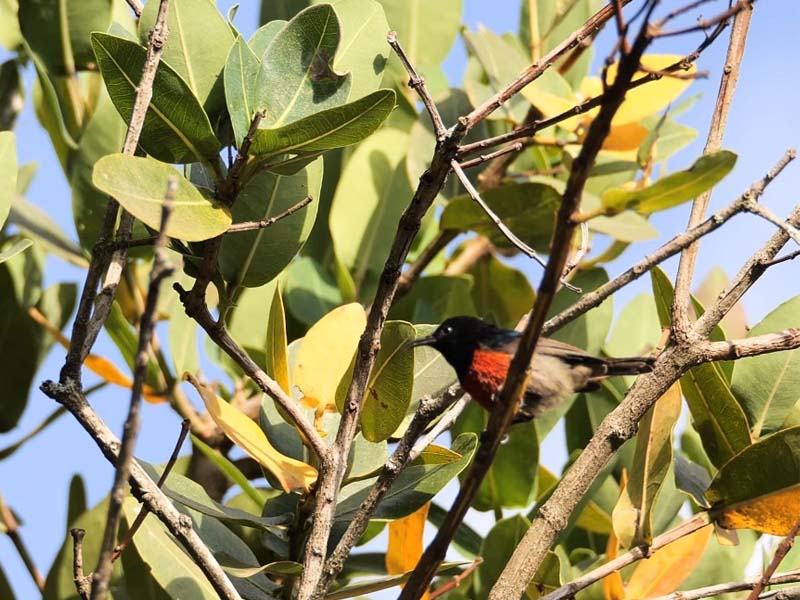
The collared sunbird boasts an attractive mixture of yellow, green, and blue pigments. But what struck me the most about this bird is its food choice. Alongside insects, this bird also feeds on nectar.
The distinctive features of the collared sunbird are a thin, curved bill and a brush-tipped tongue. These features work together to enable the bird feed easily on nectar.
Catch the collared sunbird nesting on the trees closest to the rivers in Chobe National Park.

Aptly named, the crimson-breasted gonolek possesses deep scarlet breasts and underparts. The rest of its body (wings, bill, and tail) bears a vivid black pigment.
The crimson-breasted gonolek is mostly found perching on acacia trees near the Savuti region in Chobe National Park.

The spur-winged goose is a large, long-necked bird with significant differences from the average wild goose.
This goose species is also quieter than other geese. While males make a soft bubbling call, the females are usually mute.
The body of the spur-winged goose is predominantly black, with white patches on their faces and bellies. Their diet consists of plants, fruits, grains, and small fish. The best places to spot them in Chobe National Park are the rivers or the grasslands.

The greater painted snipe is a brown wading bird that frequents the marshes and grassy fields of Chobe National Park.
A distinct means of identifying this bird is the comma-like mark across its eye. The greater painted snipe also has a peculiar bill, which is long, slender, and curved at the tip.
Differentiating the male version of this snipe from their female counterparts can be quite challenging, as they often interchange roles while breeding. The difference only becomes clearer after their chicks are birthed. The males raise and care for the chicks till maturity.
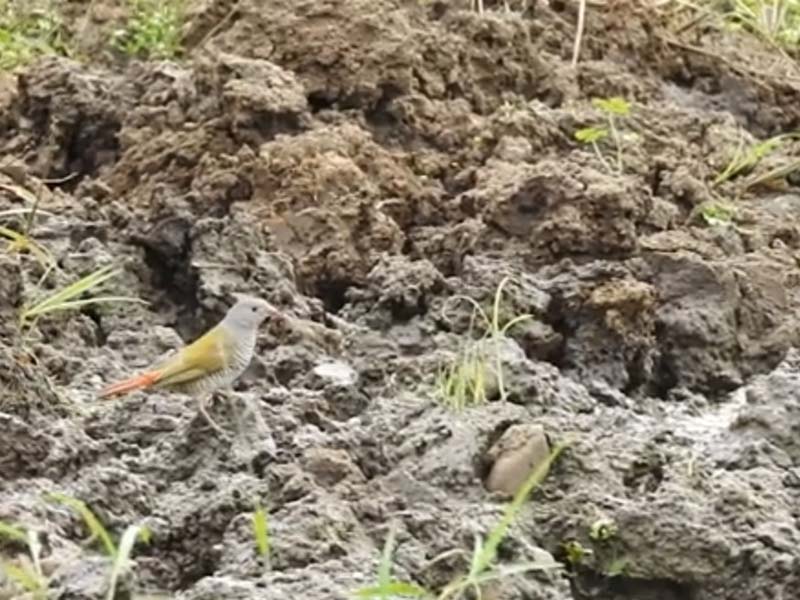
The green-winged Pytilia is a small waxbill with a range of colors across its body. The Male Pytilia has an orange-red forehead, red bill, olive-green wings, a red tail, and a gray breast band. In females, the forehead is gray, and the breast band is missing.
This bird moves around in pairs or flocks, and alternates between the trees, the dry woodlands, and the savannahs of Chobe National Park. While walking around the park, they feed on insects and seeds.
The greenshank gets its name from its unique greenish legs. The rest of its body is dominated by distinct gray and white colors.
This bird is usually sighted walking in solitude. However, there are a few cases where tourists see multiple greenshanks at a time.
Drive to the marshes or the Chobe River to catch the greenshank digging for fish.
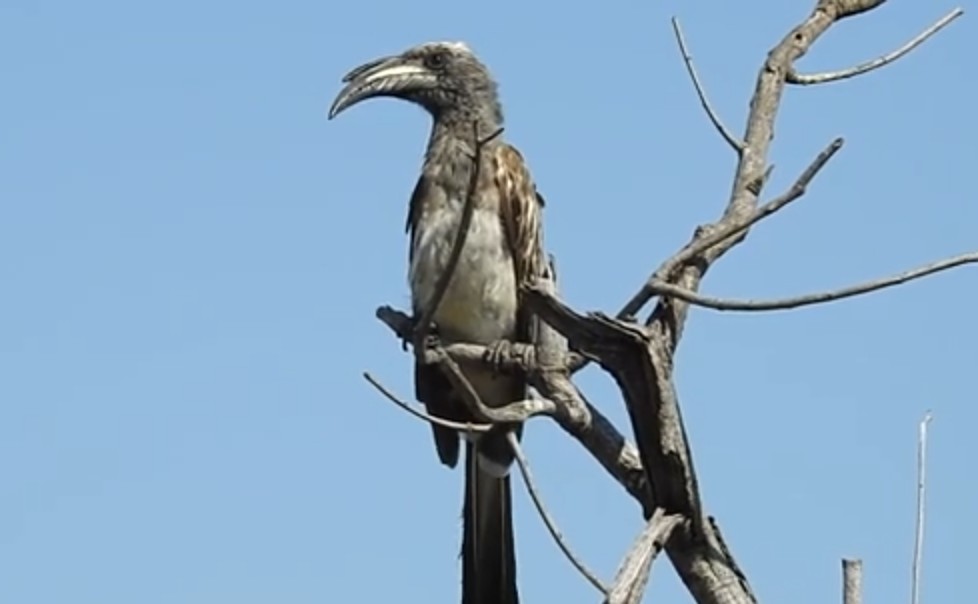
The gray hornbill is a special type of hornbill found only in Africa and India. Like its name, this bird is gray-colored with hints of black or cream on its bill and casque. When making a call, it raises its bill to the sky, opens its wings, and whistles constantly.
The gray hornbill feeds on lizards, grasshoppers, fruits, and acacia seeds. You can locate this bird in the woodlands and savannah of Chobe National Park.
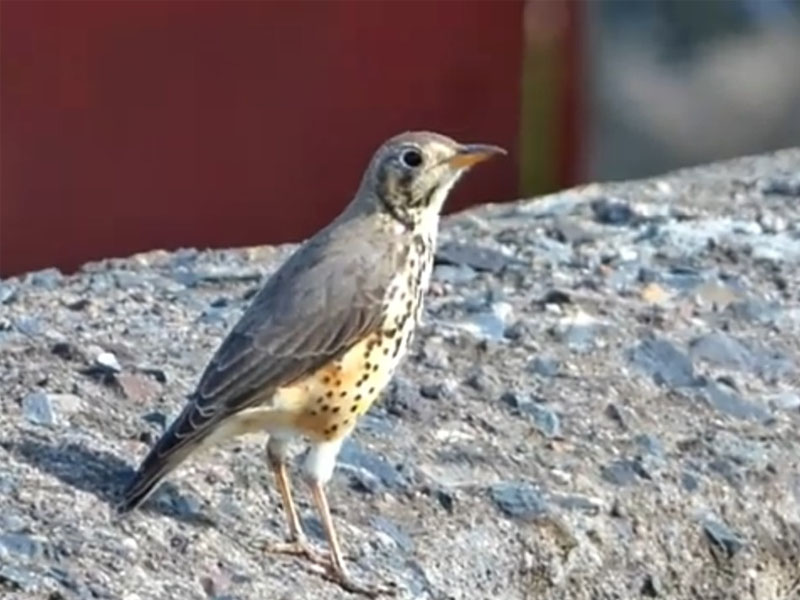
The groundscraper thrush is a terrestrial bird known for appearing across East and South African bushes. Its neck to chest area is predominantly white, with black specks lining every spot. From the base of its forehead is a gray pigment that trails down to its back and wings.
The groundscraper thrush gets its name from its habit of hopping on the ground and scraping among dead, fallen leaves. They are usually sighted in pairs on woodlands and open savannahs.

The hammerkop is the smallest species of stork in the world. Hammerkops are so-called because the shape of their heads bears a striking resemblance to a hammer. This brown-colored bird has a large, flat bill, a feature that further outlines its hammer-like head.
Due to their preference for aquatic prey like amphibians, crustaceans, and fishes, hammerkops often reside in areas with permanent sources of water. This is why you’re more likely to find them around the marshes and wetlands in Chobe National Park than in other areas.

Differentiated by its unfeathered head, the helmeted guineafowl is a stout, grayish-black bird native to Africa. It permanently resides in trees and feeds on tubers, insects, and reptiles.
The helmeted guineafowl is mostly found interacting with other birds rather than walking alone.
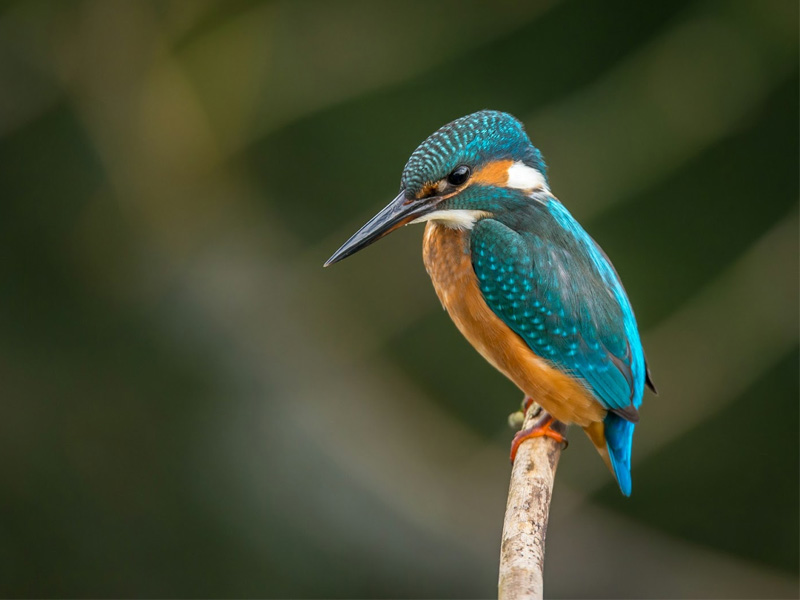
The kingfisher is a colorful bird renowned for its exceptional fish-hunting skills. Kingfishers even have a transparent third eyelid that helps them clearly see their prey underwater.
Chobe National Park contains several species of the kingfisher, such as the malachite kingfisher, pied kingfisher, the striped kingfisher, the brown-hooded kingfisher, and the African pygmy kingfisher.
All kingfisher species share these features:
Kingfishers also come in different colors, like black, brown, and blue. You’ll find kingfishers on the Chobe River bank. You can also check the trees surrounding the river.

The Kori Bustard is the largest flying bird in the world. However, seeing this bird flying is rare, as it prefers to spend its time on the ground.
Look for a big bird with a black and white-colored body, a crested head, brown wings, and a long, slender bill. Kori bustards inhabit the wooded savanna and grasslands of Chobe.
Catch These Birds in Chobe National Park
Can’t wait to see these birds in action? Then, it’s time to head to Chobe National Park.
We recommend taking a boat tour for the best birdwatching experience. You can also hire a birdwatching guide for optimum viewing.
In case you’re wondering when to check out our article on the best time to visit Chobe National Park.
[wpcode id="1016"]
